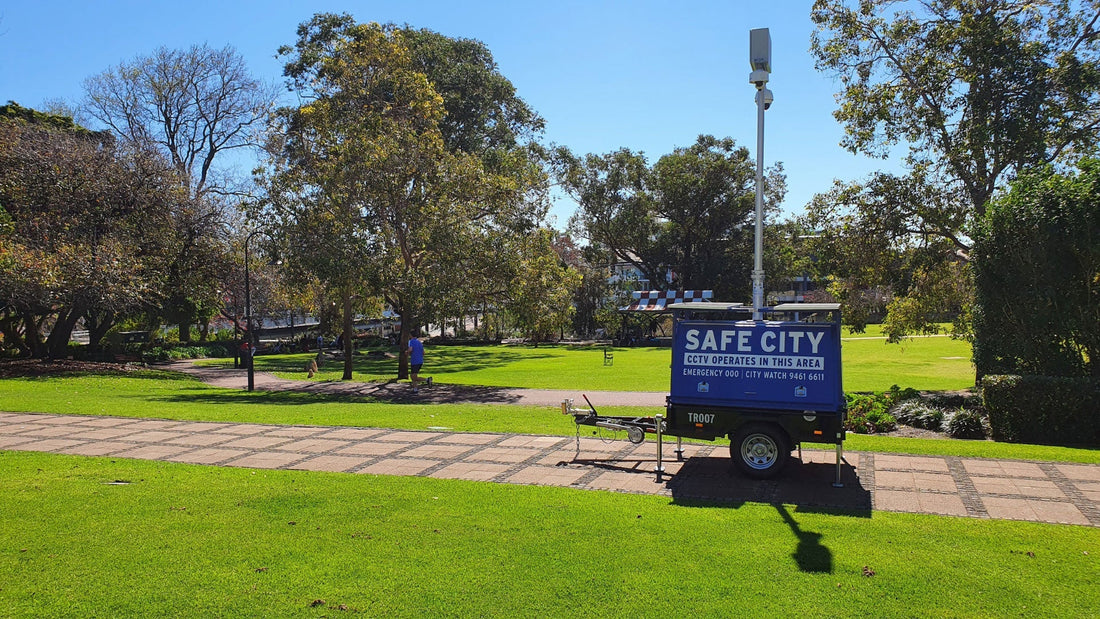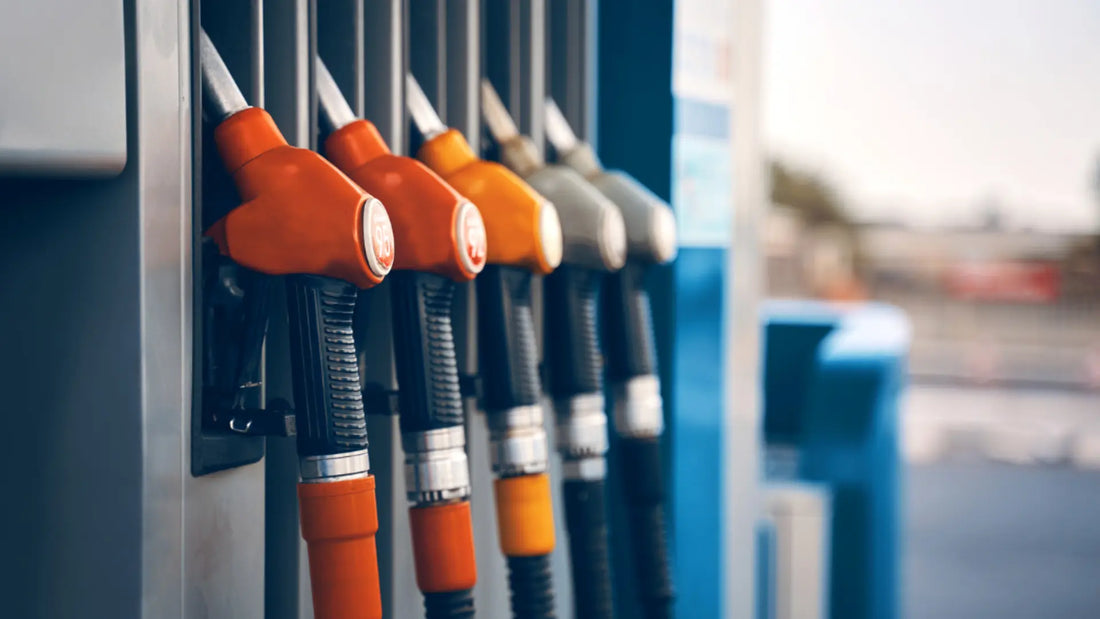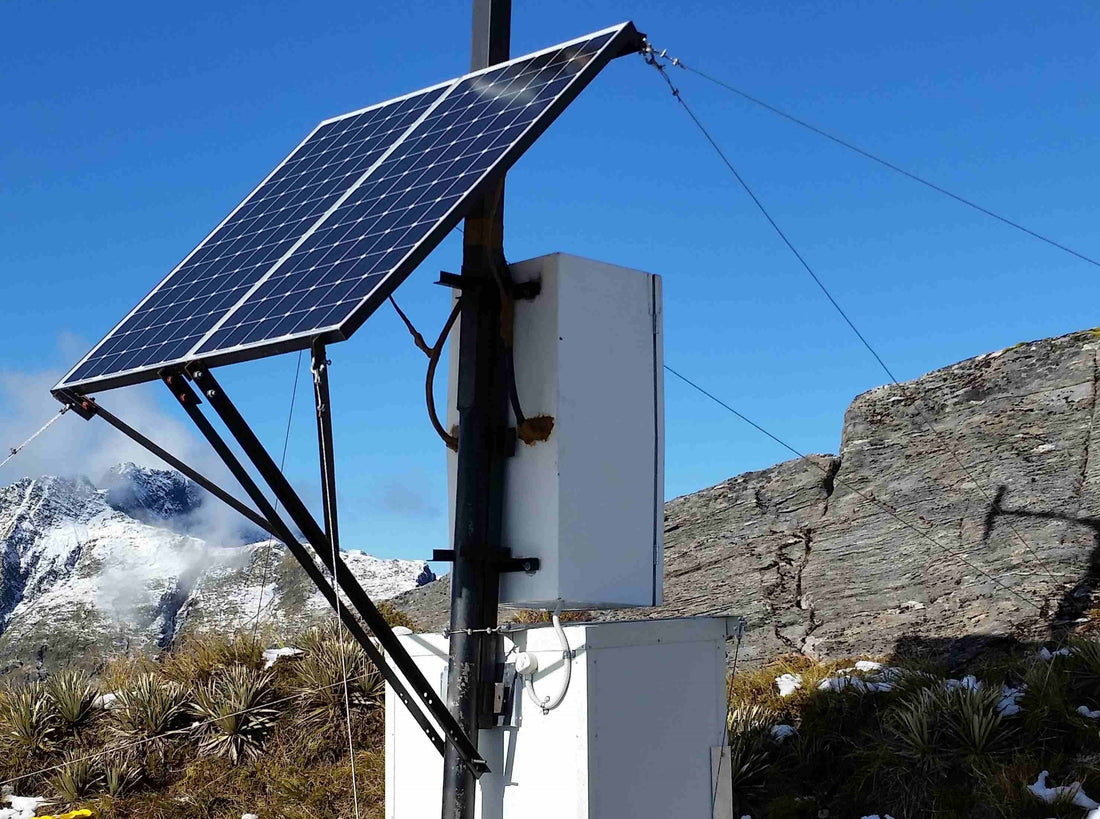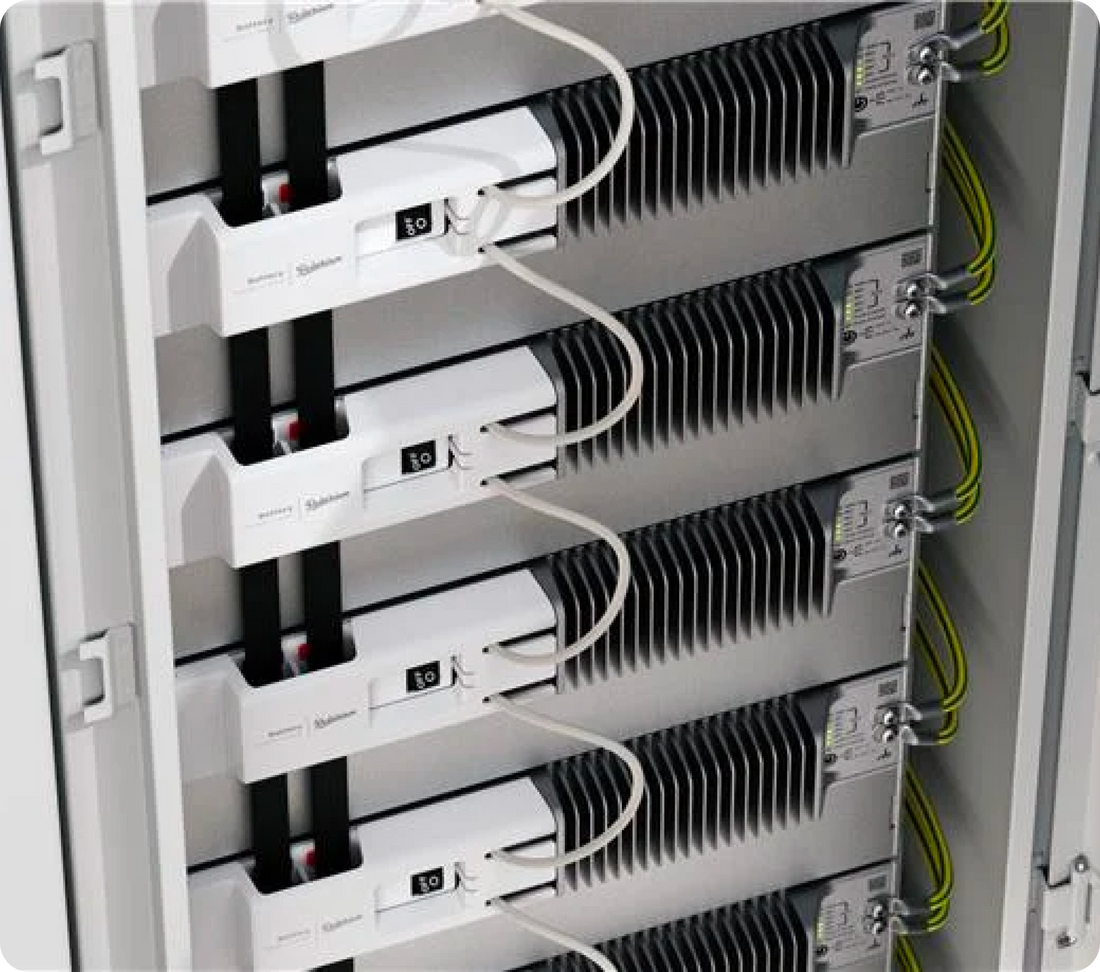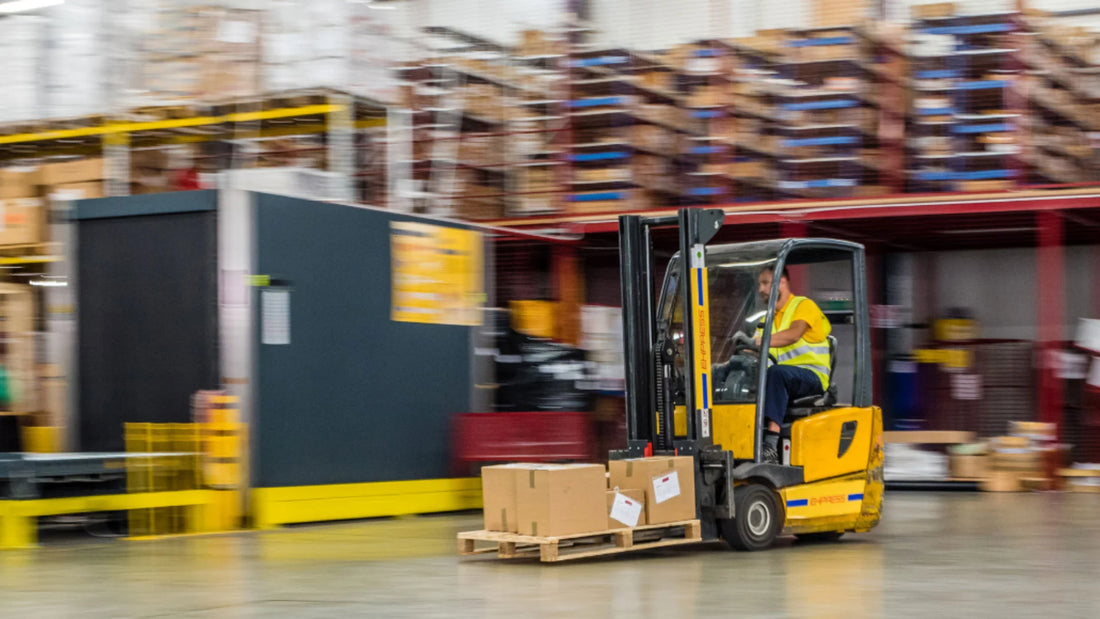In emergency services, where timely response is paramount, Fire and Emergency New Zealand (FENZ) established a mobility programme to deliver solutions that significantly improve firefighters’ situational awareness, plan and execute more effective incident responses, and maintain important operational information. This article discusses FENZ’s implementation of its in-vehicle mobility solution.
Digital Transformation Initiative
In 2022, FENZ completed the installation of an in-vehicle mobility solution in its busiest 200 fire appliances that respond to approximately 70% of all annual incidents.
The primary goal was to move away from paper-based records and analogue radio to a fully digital platform.
This involved the implementation of tablet devices in fire trucks, an initiative aimed at enhancing operational readiness, and improving situational awareness by delivering critical incident information in near real-time.

Addressing the Power Supply Challenge
The introduction of electronic tablets necessitated a reliable power solution for operation in emergency vehicles. The vehicles required a conversion of their standard 24V power supply to a compatible voltage for the tablets. This challenge highlighted the need for a durable and efficient power conversion system that could operate reliably under the demanding conditions of emergency response.
Technical Solutions and Implementations
To meet these needs, specific power conversion systems were selected based on their ability to withstand environmental factors such as dust, oil, and water, as well as the physical vibrations typical of emergency vehicle operations. These systems were also chosen for their capability to handle electrical spikes, which are a common occurrence in vehicle electrical systems.

Further enhancements included the integration of specialised connectors to ensure secure and reliable connections, along with modifications to reduce noise that could interfere with critical radio communication equipment. These adjustments were made following thorough testing and evaluation to ensure that the systems were optimally tailored to meet the operational requirements of FENZ.
Outcomes and Observations
The implementation of FENZ’s in-vehicle mobility solution has delivered significant benefits including near real time access to critical information including, watermains, hydrant locations, aerial/road maps, building site reports, tactical plans, known hazards, location of responding appliances, and Communication Centre (ComCen) updates. Non sitrep related radio communication between fire crews using FENZ’s mobility solution and Comcen personnel has also reduced by 40 - 50%.
Reflections on Technology Integration
The case of FENZ demonstrates the impactful role that modern technology can play in enhancing service delivery within emergency response environments. By adopting suitable technological solutions, FENZ has been able to improve its service efficiency and effectiveness, aligning with its mission to protect communities and save lives.





